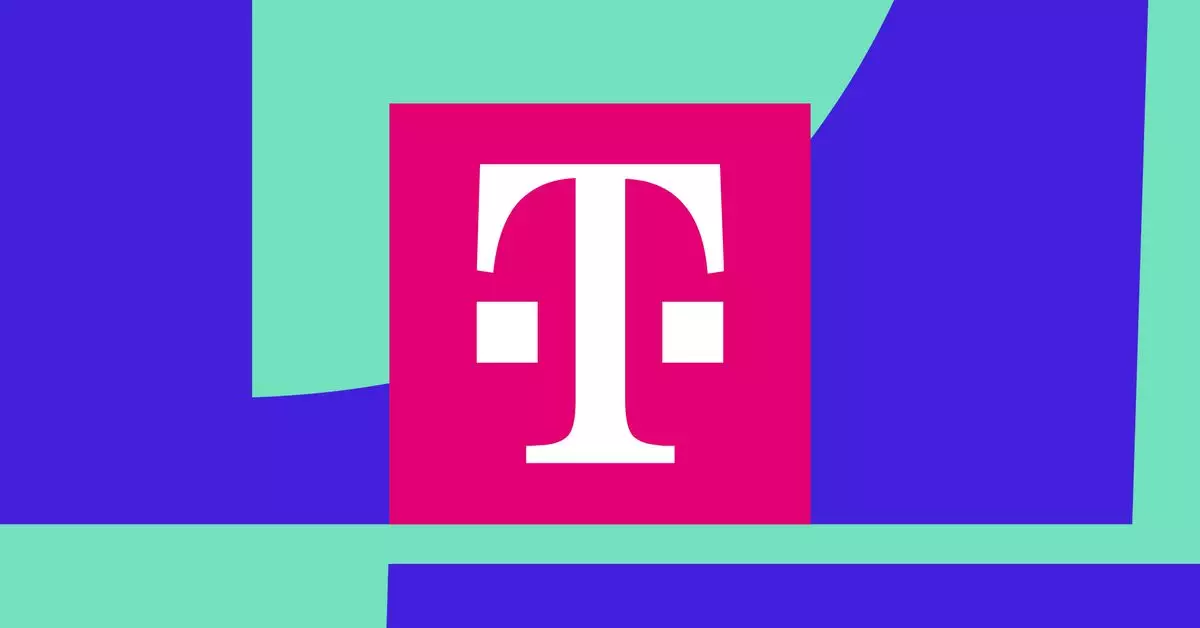In a remarkable development for disaster-stricken regions, T-Mobile customers affected by Hurricane Helene and Hurricane Milton can now utilize the advanced capabilities of SpaceX’s Starlink satellite network to send SMS texts. This initiative, announced by SpaceX, represents a significant step forward in ensuring that communication lines remain open during emergencies when traditional cellular infrastructures are compromised.
As these hurricanes wreak havoc, leaving communities in distress, the ability to send and receive text messages via satellite offers a lifeline for those stranded or in immediate danger. SpaceX specifically mentions that messages can be sent not only to personal contacts but also to emergency services like 911, enabling faster response times and potentially saving lives.
For T-Mobile users in the affected areas, the experience begins with their mobile devices connecting to a Starlink satellite instead of the usual ground-based cellular antennas. In practical terms, this integration means customers will notice a different network name on their devices—“T-Mobile SpaceX”—and may experience service indicators showing 1 to 2 bars of connectivity. It’s important to emphasize that establishing a solid connection might require users to be outdoors or positioned near windows, given the nature of satellite communication.
Nevertheless, there are some limitations; users may find that text messages occasionally do not go through on the first attempt, necessitating retries. This aspect, while not ideal, does demonstrate the resilience of the technology and its adaptability in adverse conditions.
The Federal Communications Commission (FCC) played a crucial role in facilitating this service by granting SpaceX and T-Mobile a temporary approval to operate direct-to-cell services in regions impacted by Hurricane Helene. This regulatory blessing highlights the increasing recognition of innovative solutions needed for maintaining communications during natural disasters.
Looking forward, the collaboration between SpaceX and T-Mobile may pave the way for more enhanced services aimed at disaster recovery. The implications of direct satellite-to-mobile communication are profound, as this technology could potentially expand beyond emergency situations to provide enhanced connectivity in rural and underserved areas where conventional networks have yet to establish robust infrastructure.
As technology continues to evolve, partnerships like that of SpaceX and T-Mobile illustrate how innovative solutions can forge pathways for resilience in the face of adversity. Each advancement not only provides immediate benefits during crises but also lays the groundwork for future applications that could redefine how we think about communication in challenging environments.
Ultimately, the ability to remain connected—even amidst the chaos of catastrophic events—underscores a broader commitment to leveraging technology for the greater good. In times of need, having reliable methods for communication can transform the narrative, offering hope and support to those navigating the aftermath of natural disasters. As both companies forge ahead with their initiatives, the expectation is that such collaborations will only grow stronger, ensuring safety and support for communities worldwide.

